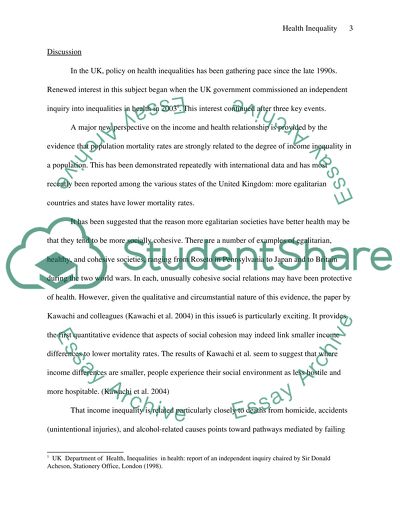Cite this document
(“Health Inequality Essay Example | Topics and Well Written Essays - 2750 words”, n.d.)
Retrieved from https://studentshare.org/health-sciences-medicine/1509674-health-inequality
Retrieved from https://studentshare.org/health-sciences-medicine/1509674-health-inequality
(Health Inequality Essay Example | Topics and Well Written Essays - 2750 Words)
https://studentshare.org/health-sciences-medicine/1509674-health-inequality.
https://studentshare.org/health-sciences-medicine/1509674-health-inequality.
“Health Inequality Essay Example | Topics and Well Written Essays - 2750 Words”, n.d. https://studentshare.org/health-sciences-medicine/1509674-health-inequality.


